A £1.5 million sustainability programme, potentially involving up to 40 Scottish beef and lamb producers, has been launched to help farmers improve their carbon footprint.
The programme, called Prism 2030, has been put together by the ABP Food Group, with support from Harper Adams University in Shropshire and farm business consultants The Andersons Centre.
Due to run initially for two to three years, the programme will be based on 350 of ABP’s beef and lamb suppliers whose operations will be exposed to an assessment of their carbon footprint, soil health and water use, alongside support for biodiversity creation and resource efficiency.
“British red meat production is among the most sustainable in the world but we can and must do more because, as an industry, we are well placed to be part of the climate solution,” said Dean Holroyd, group technical and sustainability director for ABP, adding that while Prism 2030 is centred on the company’s supply base, the outcomes of the programme will be made available to the wider industry.
“It’s topical that we come off the back of COP27. Clearly, you’d need to be living under a rock not to understand today’s climate imperatives and the ‘bad rap’ that red meat gets in all of this.
We are delighted to announce an investment of £1.5 million in a unique #sustainability programme that will support 350 of its farmer suppliers & share wider learnings across the UK #beef & #sheep sectors.
Read full story here👉 https://t.co/fvC6oPkMDP @Bovidiva @HarperAdamsUni pic.twitter.com/UaECYF5neW— ABP Foods (@AbpFoods) November 22, 2022
“This is certainly true for British red meat which is running at typically less than half the global carbon number and significantly lower than that in relation to some of the major red meat producing continents.”
Arguing that greater red meat sustainability and greater profitably can work together, Mr Holroyd said it was hoped that Prism 2030 will play a part in helping beef and sheep farmers across the UK become global leaders in sustainable meat production, complete with lower emissions, lower costs and improved productivity.
NFU Scotland welcomes programme to cut carbon footprint
Scottish beef and sheep farmer Nigel Miller, former NFU Scotland president and now chairman of the industry-wide organisation Ruminant Health & Welfare, welcomed the programme, commenting: “Management of livestock health is a key component of all viable low carbon production systems.
“Focusing herd or flock health programmes on diseases that impact growth rates and/or food conversion efficiency can directly reduce methane emissions, countering conditions that cause involuntary culling, including reproductive failure and lameness, and can eliminate a significant carbon cost from breeding systems.”
Andersons’ role in the new venture will be to focus on carbon assessments as well as other sustainability benchmarking, while Harper Adams will help to identify areas which each of the 350 participating producers could profitably focus on over the duration of the project period.
Asked what might be achievable in terms of emission reduction, Mr Holroyd said that the Irish Government’s sector target for agriculture of a 25% reduction by 2030 was a target with which he felt Prism 2030 could align. Such an aim was clearly ambitious, he added, but, at the same time it is not in ‘la-la land’.
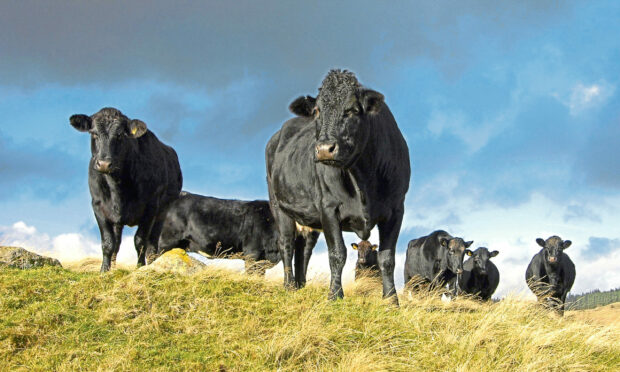
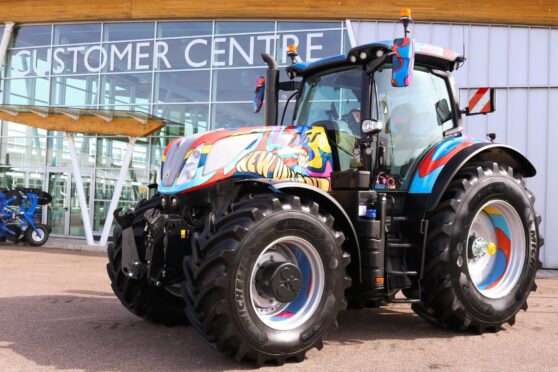
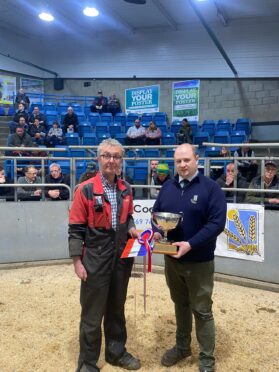
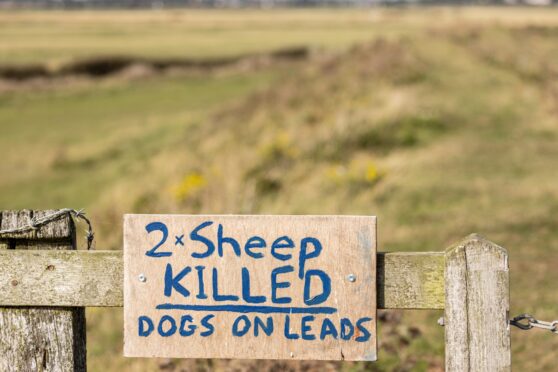
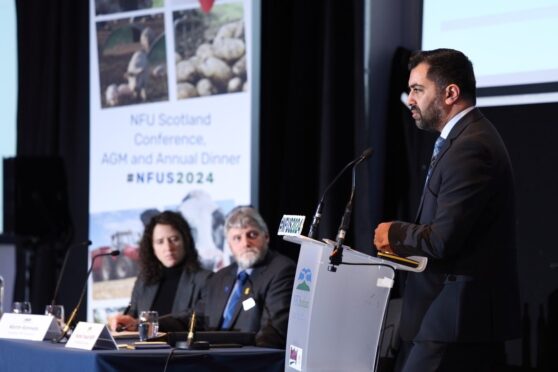
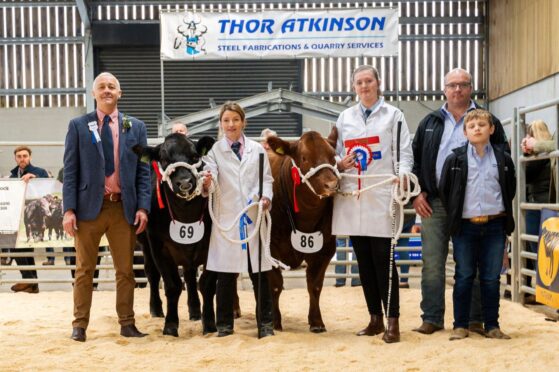





Conversation